Unlocking the Mysteries of Gold’s Market Dynamics
Gold’s allure extends beyond its shimmering beauty—it is a complex commodity whose price is shaped by a delicate balance of supply and demand. Understanding these forces is crucial for investors, traders, and enthusiasts who seek to anticipate market movements and make informed decisions. This article dives deep into the key drivers behind gold price fluctuations, offering expert insights that go beyond conventional wisdom.
When Production Meets Consumption: The Dance of Gold Supply and Demand
The global gold supply is primarily influenced by mining output and recycling activities. Mining production is constrained by geological, technological, and economic factors; new discoveries are rare, and extraction costs can be prohibitive. In contrast, recycled gold—often sourced from jewelry and electronics—adds a flexible layer to supply, often increasing when prices rise. On the demand side, central banks, jewelry markets, investment vehicles, and industrial use form the pillars driving consumption.
How Do Central Banks and Investment Trends Influence Gold Prices?
Central banks hold significant sway as both buyers and sellers of gold reserves, impacting market liquidity and sentiment. In times of economic uncertainty or inflation fears, central banks often increase gold purchases as a safe-haven asset, pushing prices upward. Simultaneously, investor demand through gold ETFs, futures, and physical gold investments fluctuates with market confidence and geopolitical tensions. For example, during the 2020 pandemic turmoil, gold prices surged as investors sought stability amid volatility.
Geopolitical Ripples and Currency Currents: External Forces at Play
Beyond supply-demand fundamentals, geopolitical events and currency movements inject volatility into gold pricing. Political instability, trade wars, or conflicts increase demand for gold as a refuge against risk. Meanwhile, the U.S. dollar’s strength inversely affects gold prices since gold is dollar-denominated; a weaker dollar typically elevates gold’s appeal to holders of other currencies.
Technological Advances and Environmental Constraints: The New Frontiers
Technological innovation in mining can alter supply dynamics by enabling access to previously unreachable deposits. However, environmental regulations and sustainability concerns increasingly limit mining expansions, tightening supply. This tension between innovation and regulation is a critical factor shaping future gold availability and pricing trends.
For a comprehensive view of how gold supply and demand impact investment strategies, consider exploring detailed market analyses such as Gold Market Analysis 2029: Key Trends Driving Price Changes.
Why Do Gold Prices Often Defy Expectations in Volatile Markets?
Gold’s price behavior in volatile markets can seem paradoxical. While it is traditionally a hedge against risk, sudden shifts in investor sentiment, speculative trading, and liquidity crunches can cause sharp, sometimes unexpected price swings. Understanding these nuances requires analyzing market psychology, trading volumes, and macroeconomic indicators collectively.
Engage with us: Share your thoughts or questions on gold market trends in the comments below and stay updated with expert insights.
Authoritative insights on gold’s role as a monetary asset and its pricing drivers can be found in the World Gold Council’s research publications, a leading authority in the field (World Gold Council Research).
Reflecting on Gold’s Role in a Diversified Portfolio
Over the years, I’ve observed how gold can serve as a protective anchor in uncertain financial waters. From personal experience, allocating a portion of my portfolio to gold—whether through physical bullion or gold ETFs—has helped mitigate risks during economic downturns. It’s fascinating how gold’s value resilience often contrasts sharply with stocks and bonds, reaffirming its reputation as a safe haven. For those curious about diversifying effectively, learning how to build a diversified gold ETF portfolio can provide a balanced approach to stability and growth.
What Makes Gold ETFs a Convenient Alternative to Physical Gold?
Many investors, myself included at times, have wrestled with the decision between holding physical gold and investing in gold ETFs. Physical gold offers tangible security but involves concerns about storage and insurance. Gold ETFs, on the other hand, provide liquidity, ease of trade, and exposure to gold price movements without the hassle of physical custody. Personally, I find that combining both forms based on my investment goals and risk tolerance works best. According to the World Gold Council, gold ETFs have seen increasing inflows during periods of market stress, underscoring their appeal as accessible gold investments (World Gold Council on Gold ETFs).
Adapting Strategies During Market Volatility: Lessons Learned
One memorable episode during the recent market turbulence was my experience with gold futures trading. Initially daunting, I realized the importance of adopting disciplined trading techniques to navigate price swings effectively. Monitoring macroeconomic indicators and geopolitical developments closely became part of my routine—these factors often presage shifts in gold prices. For readers interested in deepening their knowledge, practical guides on how to trade gold futures successfully can be invaluable to build confidence and skill.
Another critical lesson has been recognizing the influence of currency movements, especially the U.S. dollar, on gold’s market dynamics. When the dollar weakens, gold tends to rise, making it an attractive hedge for international investors. This interplay is a reminder that gold investment decisions should encompass a broader economic context rather than isolated price watch.
Exploring Sustainable Gold Mining: A Personal Perspective
As someone who values environmental responsibility, I’ve been intrigued by how sustainability shapes gold supply. Mining companies increasingly focus on reducing their ecological footprint, impacting overall supply rates. This trend not only affects gold availability but also influences investor sentiment, as ethical investing gains momentum. For those seeking to align investments with values, exploring gold mining stocks with strong ESG (Environmental, Social, and Governance) records can offer a promising avenue. Resources like the Beginners Guide to Investing in Gold Mining Stocks provide clarity on selecting growth opportunities responsibly.
Engaging With You: What’s Your Experience With Gold Investments?
I’d love to hear about your personal journeys with gold—whether it’s your first purchase of physical bullion, navigating ETFs, or trying your hand at futures trading. How have gold’s market fluctuations impacted your investment decisions? Sharing stories and questions helps build a knowledgeable community, so drop a comment below or connect with others exploring gold’s multifaceted world. And if you’re curious, check out more insights on gold price forecasts and trends for 2029 to stay ahead in your investment strategy.
Decoding the Intricacies of Gold Price Volatility in Modern Financial Ecosystems
Gold’s price volatility is far from random; it is a manifestation of intricate, often interwoven factors that challenge even seasoned investors. Beyond conventional supply-demand imbalances, advanced market participants analyze variables such as liquidity flows, derivatives positioning, and macroeconomic policy shifts to decipher gold’s price rhythm.
For instance, during periods of quantitative easing by central banks, the influx of liquidity can simultaneously depress bond yields and elevate inflation expectations, creating a fertile environment for gold price appreciation. Conversely, unexpected interest rate hikes may trigger swift gold sell-offs despite underlying economic uncertainties.
How Do Derivatives and Market Sentiment Interact to Influence Gold Pricing?
Gold derivatives, including futures and options, play a pivotal role in price discovery and volatility. Large speculative positions can amplify price swings, especially when leveraged traders adjust exposures in response to shifting market sentiment. The “open interest” metric in gold futures markets often signals potential turning points; a surge may indicate increased speculative fervor, while a sharp drop can precede consolidation phases.
Moreover, sentiment indices derived from surveys and social media analytics provide nuanced insights into investor psychology, which frequently precedes tangible price moves. For example, a marked increase in bearish sentiment amidst stable fundamentals may foreshadow a contrarian rally in gold prices.
Macro-Financial Interdependencies: Gold’s Role Amidst Inflation, Interest Rates, and Currency Dynamics
Gold’s complex relationship with inflation and interest rates requires a multidimensional analysis. While gold is often heralded as an inflation hedge, the interaction depends heavily on real interest rates—the nominal rate minus inflation. When real rates are negative or near zero, gold becomes more attractive as the opportunity cost of holding non-yielding assets diminishes.
Simultaneously, currency dynamics, notably involving the US dollar and emerging market currencies, exert significant influence. In a globalized economy, capital flows responding to geopolitical risk or monetary policy divergence create feedback loops affecting gold demand and pricing.
Environmental Sustainability and Technological Innovation: Shaping Gold’s Future Supply Landscape
Environmental stewardship is increasingly shaping mining operations, with companies investing in cutting-edge technologies like bioleaching and renewable energy-powered extraction to reduce ecological footprints. These innovations may enhance long-term supply sustainability but could also increase short-term costs, influencing gold prices through supply-side constraints.
Regulatory frameworks enforcing stricter ESG compliance add layers of complexity for mining firms and investors alike, potentially shifting capital towards environmentally responsible operations.
Engaging With Gold Market Experts: Elevate Your Investment Strategy
To deepen your understanding of gold’s multifaceted market dynamics, consider engaging with expert-led webinars and subscribing to specialized research platforms. Staying abreast of evolving macroeconomic indicators, derivatives market data, and ESG trends can empower you to anticipate shifts and strategize effectively.
For comprehensive, data-driven insights, the World Gold Council’s 2024 Gold Demand Trends report offers an authoritative analysis of current market forces and forecasts.
Have you encountered unexpected gold price movements despite stable fundamentals? Share your experiences or questions below to join a community of informed investors navigating gold’s complex landscape.
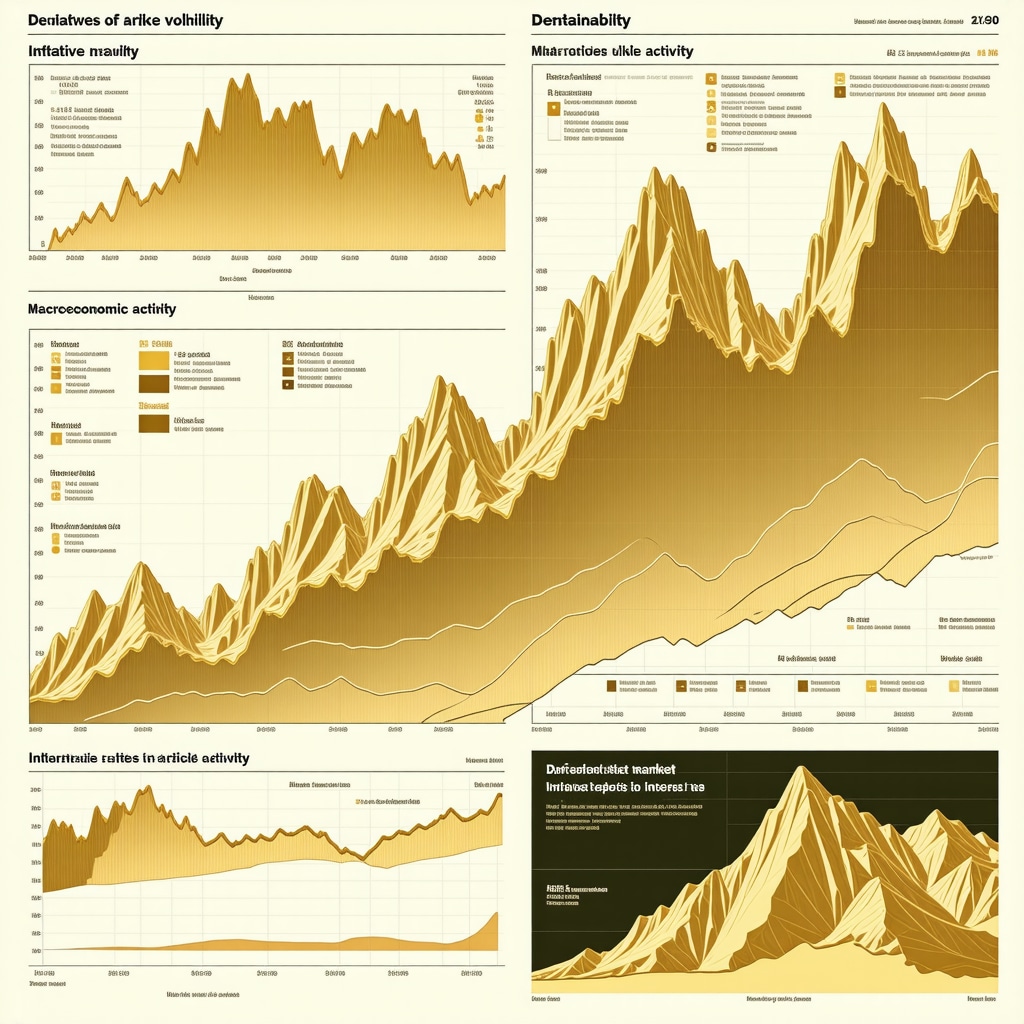
Decoding the Intricacies of Gold Price Volatility in Modern Financial Ecosystems
Gold’s price volatility is far from random; it is a manifestation of intricate, often interwoven factors that challenge even seasoned investors. Beyond conventional supply-demand imbalances, advanced market participants analyze variables such as liquidity flows, derivatives positioning, and macroeconomic policy shifts to decipher gold’s price rhythm.
For instance, during periods of quantitative easing by central banks, the influx of liquidity can simultaneously depress bond yields and elevate inflation expectations, creating a fertile environment for gold price appreciation. Conversely, unexpected interest rate hikes may trigger swift gold sell-offs despite underlying economic uncertainties.
How Do Derivatives and Market Sentiment Interact to Influence Gold Pricing?
Gold derivatives, including futures and options, play a pivotal role in price discovery and volatility. Large speculative positions can amplify price swings, especially when leveraged traders adjust exposures in response to shifting market sentiment. The “open interest” metric in gold futures markets often signals potential turning points; a surge may indicate increased speculative fervor, while a sharp drop can precede consolidation phases.
Moreover, sentiment indices derived from surveys and social media analytics provide nuanced insights into investor psychology, which frequently precedes tangible price moves. For example, a marked increase in bearish sentiment amidst stable fundamentals may foreshadow a contrarian rally in gold prices.
Macro-Financial Interdependencies: Gold’s Role Amidst Inflation, Interest Rates, and Currency Dynamics
Gold’s complex relationship with inflation and interest rates requires a multidimensional analysis. While gold is often heralded as an inflation hedge, the interaction depends heavily on real interest rates—the nominal rate minus inflation. When real rates are negative or near zero, gold becomes more attractive as the opportunity cost of holding non-yielding assets diminishes.
Simultaneously, currency dynamics, notably involving the US dollar and emerging market currencies, exert significant influence. In a globalized economy, capital flows responding to geopolitical risk or monetary policy divergence create feedback loops affecting gold demand and pricing.
Environmental Sustainability and Technological Innovation: Shaping Gold’s Future Supply Landscape
Environmental stewardship is increasingly shaping mining operations, with companies investing in cutting-edge technologies like bioleaching and renewable energy-powered extraction to reduce ecological footprints. These innovations may enhance long-term supply sustainability but could also increase short-term costs, influencing gold prices through supply-side constraints.
Regulatory frameworks enforcing stricter ESG compliance add layers of complexity for mining firms and investors alike, potentially shifting capital towards environmentally responsible operations.
Engaging With Gold Market Experts: Elevate Your Investment Strategy
To deepen your understanding of gold’s multifaceted market dynamics, consider engaging with expert-led webinars and subscribing to specialized research platforms. Staying abreast of evolving macroeconomic indicators, derivatives market data, and ESG trends can empower you to anticipate shifts and strategize effectively.
For comprehensive, data-driven insights, the World Gold Council’s 2024 Gold Demand Trends report offers an authoritative analysis of current market forces and forecasts.
Have you encountered unexpected gold price movements despite stable fundamentals? Share your experiences or questions below to join a community of informed investors navigating gold’s complex landscape.
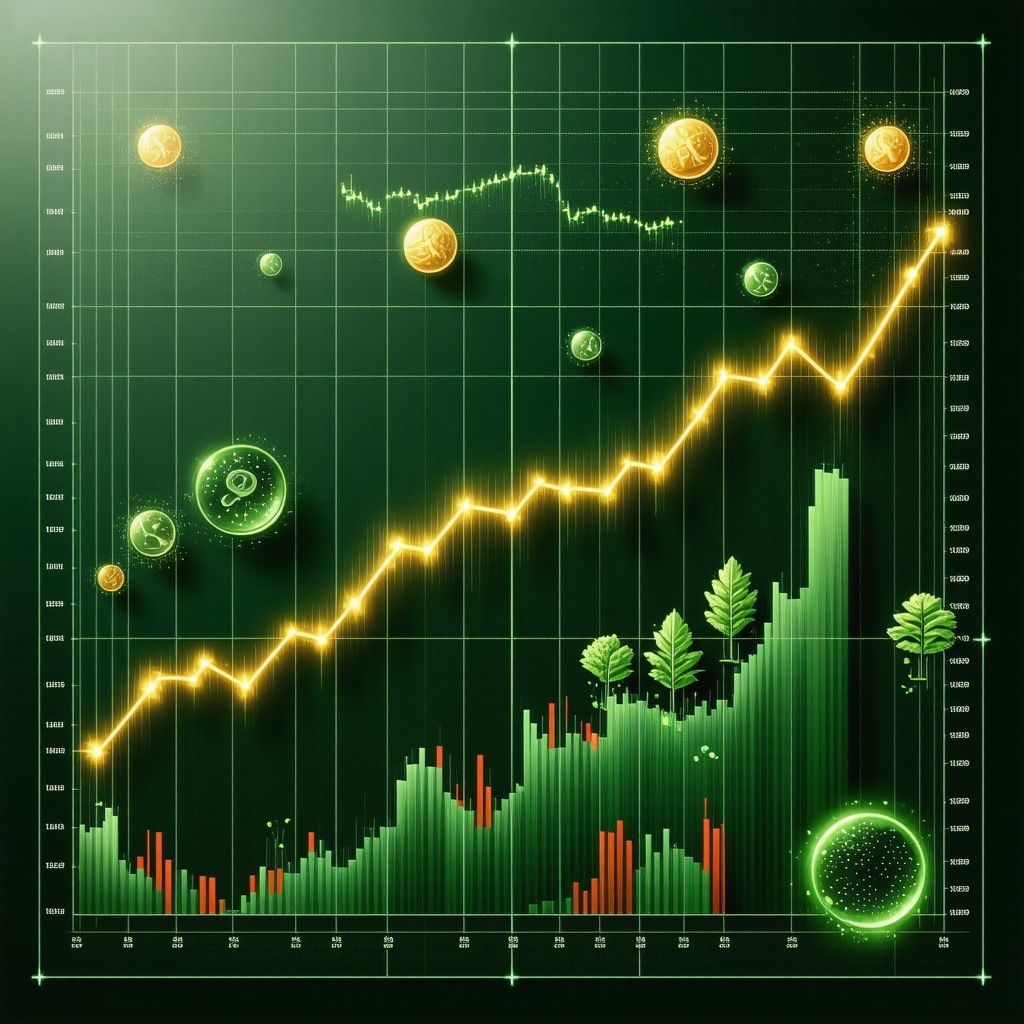
Frequently Asked Questions (FAQ)
What factors most significantly influence gold price volatility?
Gold price volatility is primarily driven by a complex interplay of supply-demand dynamics, geopolitical tensions, currency fluctuations—especially the U.S. dollar strength—macroeconomic indicators like inflation and interest rates, and market sentiment influenced by derivatives trading. Additionally, environmental regulations and technological advances in mining also impact supply constraints, further adding to price variability.
How do central banks affect gold prices?
Central banks influence gold prices by adjusting their reserves through buying or selling gold, which affects market liquidity and investor confidence. During economic uncertainty or inflation concerns, central banks often increase gold holdings as a safe haven, pushing prices higher. Their actions signal market sentiment and can trigger broader investment flows into or out of gold.
Why is gold often considered a hedge against inflation and currency risk?
Gold is traditionally viewed as a store of value that retains purchasing power during inflationary periods and currency depreciation. When real interest rates are low or negative, gold becomes especially attractive since holding it involves minimal opportunity cost compared to yield-bearing assets. Its price generally moves inversely to the U.S. dollar, offering protection for investors exposed to currency volatility.
What roles do gold ETFs play compared to physical gold?
Gold ETFs provide investors with liquidity, ease of trading, and exposure to gold price movements without the challenges of physical storage and security. They are popular among investors seeking convenience and quick market access. However, physical gold offers tangible ownership and potential protection against counterparty risk. A balanced portfolio may include both depending on investment objectives and risk tolerance.
How do derivatives markets impact gold price movements?
Derivatives such as futures and options contribute to price discovery and can amplify volatility through speculative positions and leveraged trading. Metrics like open interest in futures markets help gauge market sentiment and potential turning points. Rapid shifts in speculative activity often precede sharp price movements, making derivatives data a valuable tool for advanced investors.
In what ways do technological innovations and environmental policies influence gold supply?
Innovations like bioleaching and renewable energy-powered mining can increase efficiency and reduce environmental footprint, potentially expanding supply sustainably. Conversely, stricter environmental regulations and ESG compliance may constrain mining operations, raising production costs and limiting output. This balance shapes long-term supply availability and pricing pressure.
Can geopolitical events cause unexpected gold price spikes?
Yes, geopolitical instability, conflicts, and trade tensions often drive investors toward gold as a safe-haven asset, leading to sudden price surges. These events heighten market uncertainty, increasing demand for gold’s security, sometimes irrespective of underlying economic fundamentals.
How should investors approach gold investing during volatile markets?
Investors should adopt disciplined strategies, monitor macroeconomic indicators, geopolitical developments, and currency trends, and consider diversification between physical gold, ETFs, and derivatives according to their risk tolerance. Staying informed about market sentiment and leveraging expert resources enhances decision-making during turbulent periods.
What is the relationship between gold prices and U.S. dollar movements?
Gold prices typically move inversely to the U.S. dollar because gold is priced in dollars globally. A weaker dollar makes gold cheaper for holders of other currencies, boosting demand and prices, while a stronger dollar can suppress gold prices by reducing international buying power.
How can investors integrate sustainability considerations into gold investments?
Investors can focus on gold mining companies with strong Environmental, Social, and Governance (ESG) practices, supporting environmentally responsible operations. Sustainable mining stocks and funds aligned with ethical investing principles offer an avenue to invest in gold while promoting ecological stewardship.
Trusted External Sources
- World Gold Council Research (https://www.gold.org/goldhub/research): The premier source for comprehensive data, market analysis, and reports on gold demand, supply, and investment trends globally.
- International Monetary Fund (IMF) (https://www.imf.org/en/Data): Provides macroeconomic data and research on currency dynamics, inflation, and central bank policies impacting gold markets.
- London Bullion Market Association (LBMA) (https://www.lbma.org.uk/): Offers authoritative information on global gold trading standards, market structure, and bullion pricing mechanisms.
- United States Geological Survey (USGS) (https://www.usgs.gov/centers/national-minerals-information-center): Supplies detailed data on gold mining production, reserves, and resource assessments essential for understanding supply constraints.
- ESG Investing Platforms (e.g., MSCI ESG Research) (https://www.msci.com/esg-investing): Provide insights into environmental and social governance factors influencing mining company valuations and sustainable investment trends.
Conclusion
Gold’s price movements are shaped by a multifaceted blend of supply-demand dynamics, geopolitical events, currency fluctuations, market sentiment, and evolving environmental considerations. Understanding these intricate interdependencies is vital for investors seeking to navigate gold’s volatility with confidence. Central banks, derivatives markets, and technological innovations further complicate the landscape, underscoring the need for a comprehensive, informed approach to gold investing.
Whether through physical holdings, ETFs, or mining stocks, integrating expert insights and monitoring macro-financial indicators enables more strategic decisions. Moreover, embracing sustainability trends aligns investment goals with responsible stewardship of this precious resource. By staying engaged with trusted research and community dialogue, investors can harness gold’s unique role in portfolio diversification and risk mitigation.
We invite you to share your experiences, insights, or questions about gold investments below, and explore our related expert content to deepen your understanding and optimize your strategies in this dynamic market.







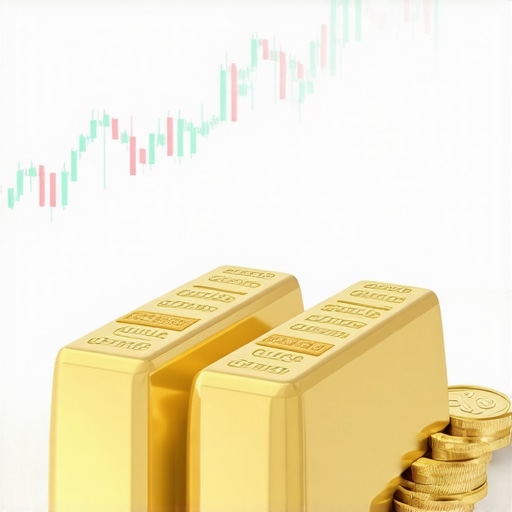
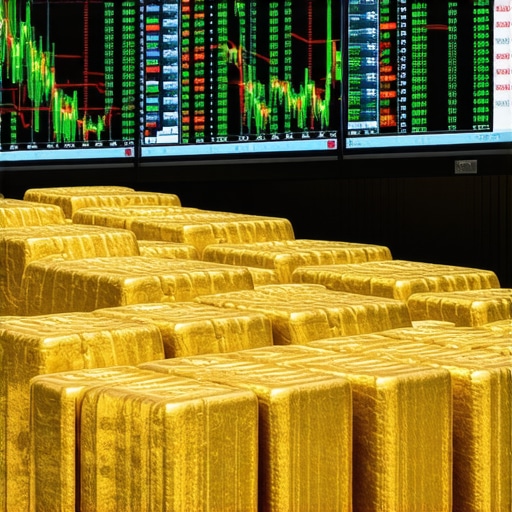
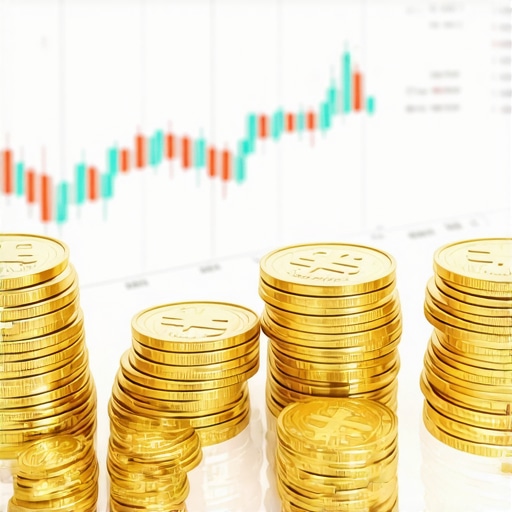

Reading through this in-depth analysis truly highlights the complexity behind gold’s market behavior. I’ve personally observed how geopolitical tensions tend to spike demand suddenly, especially during national crises or international conflicts, with many turning to gold as a safe haven. It’s intriguing to see how this demand interacts with central bank policies and how, at times, market sentiment can lead to unexpected swings in gold prices despite solid fundamentals. I wonder, with the push toward greener and more sustainable mining practices, what impact this shift might have on supply stability in the long term? Have others noticed that ESG-compliant gold stocks tend to perform differently during these volatile periods? I’d love to hear about strategies that combine sustainable investing with traditional gold holdings—these insights could be quite valuable as we navigate evolving regulations and environmental commitments.
This comprehensive analysis sheds light on the intricate factors influencing gold price fluctuations, especially the role of technological and environmental considerations. As someone invested in both green technologies and precious metals, I find the rise of sustainable mining innovations fascinating. Not only do these advancements potentially stabilize supply by reducing environmental impact, but they also align with a growing investor preference for ESG-compliant assets. I’ve noticed that during recent volatility, gold stocks with high ESG ratings tended to perform better, possibly reflecting investor confidence in responsible practices. However, I wonder how quickly these innovative mining methods can be scaled to meet increasing demand without disrupting prices. Also, could there be a risk that stricter environmental regulations might tighten supply further, possibly leading to higher prices? It would be interesting to hear how others are balancing the pursuit of innovation with supply stability and market growth in their portfolios.
This article offers a nuanced perspective on the delicate balance of gold’s supply and demand, especially highlighting how technological advances could reshape future availability. From my experience, I’ve seen how innovations like bioleaching and renewable-powered mining not only reduce environmental impact but also potentially unlock new deposits that were previously inaccessible. However, these methods tend to come with higher initial costs, which could translate into short-term price pressures before the long-term benefits materialize. What’s particularly interesting is how regulatory pressures around ESG practices might accelerate the adoption of such innovations, possibly leading to tighter supply constraints in the near future. This seems to align with the increasing investor interest in responsible mining stocks. I’m curious—how do others see the balance shifting between technological breakthroughs and regulatory hurdles? Do you believe that the push for sustainability might inadvertently drive prices up due to supply restrictions, even if they help the planet? My personal take is that these dynamics make gold a truly fascinating asset to watch, especially in a climate of rapid technological change.
This post provides a detailed look at the multifaceted factors influencing gold prices, and I appreciate how it highlights the delicate balance between supply and demand. From my firsthand experience in the investment community, I’ve noticed that central bank policies often serve as a key indicator of gold movements, especially during times of economic uncertainty. However, I am curious about the role of emerging market currencies in this dynamic—do they significantly impact demand, or is the U.S. dollar overwhelmingly dominant? Also, with environmental regulations increasingly tightening, I wonder whether these measures might inadvertently contribute to short-term supply constraints, potentially pushing prices higher even as we aim for sustainability. Has anyone found effective strategies for balancing responsible investing with the need to maintain market liquidity? Overall, this analysis underscores the importance of a comprehensive approach to understanding gold’s market, blending macroeconomic insights with individual investment techniques.